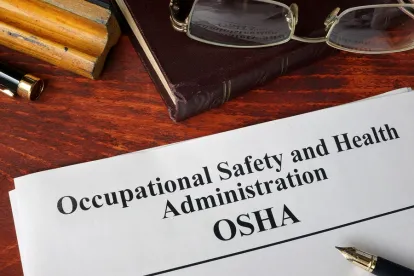Under OSHA’s Improve Tracking of Workplace Injuries and Illnesses regulation, certain employers covered by OSHA’s recordkeeping requirements must annually file either their 300A or their 300A, 300 Log and 301 forms depending on the establishment size and other criteria. For 2017, all employers covered by the regulation were required to file only their 2016 300A form.
The deadline for filing the 2016 300A was originally July 1, 2017, however that was delayed until December 15th, 2017. Then the Agency delayed that deadline further, allowing employers until midnight on December 30, 2017 to submit the information. During the lead-up to the submission deadline, 60,000 accounts were created on the Injury Tracking Application (“ITA”) and over 214,000 300A forms were submitted. However, this number fell short of the 350,000 submissions (excluding state plans) that OSHA had anticipated. According to OSHA, a little over one-third of establishments required to respond did not respond (non-responders). Starting January 1, 2018, the ITA was no longer accepting the 2016 data and it is now too late to submit the 2016 300A form.
On February 21, 2018, OSHA issued an enforcement memorandum to Regional Administrators regarding the agency’s policy for non-responders. As part of any on-site inspection, OSHA has instructed its compliance officers to inquire whether that establishment has electronically filed its 2016 300A form. If the compliance officer learns that the establishment was required to electronically submit its 300A form and failed to do so, OSHA will issue an other-than-serious citation for failing to comply with the regulation. According to OSHA, the agency has six-months from December 15, 2017, so until June 15, 2018 to issue citations to those employers who failed to electronically file the required information.
OSHA has also indicated that it will conduct a mass mailing outreach to employers who did not submit their 300A forms to inform them of their obligations under the regulation. Additionally, OSHA is currently reviewing the 300A forms that were submitted and intends to use the data to develop inspection targeting similar to the site specific targeting.
As we previously indicated on the blog, it is still anticipated that this regulation will be amended and a notice of proposed rulemaking will be issued in the future.




 />i
/>i
